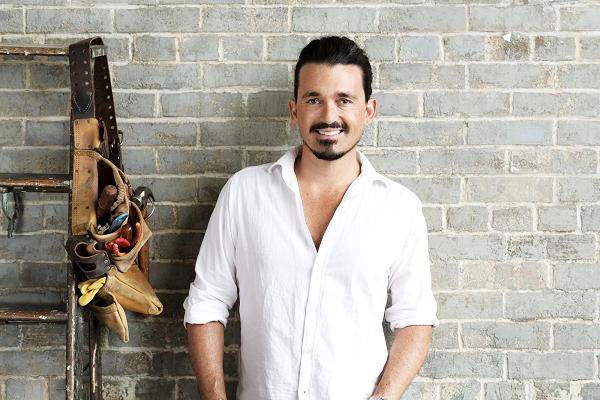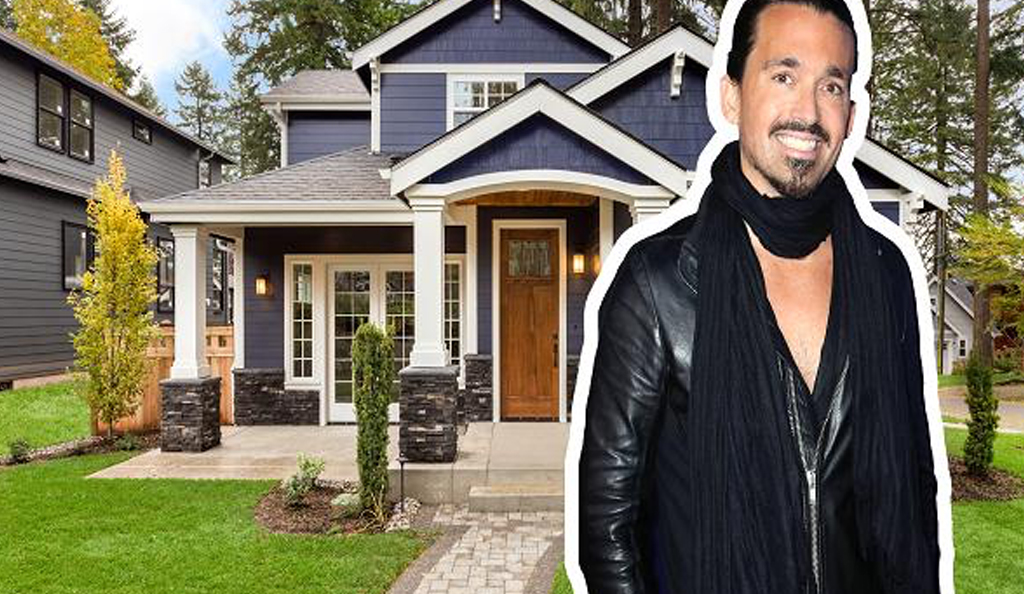According to real estate mogul Sidney Torres, you don’t need a lot of money to flip your first property. And he knows from personal experience.
When Torres first got into real estate in 1997, he was making only about $25,000 a year working at a construction company. With overtime pay, he brought home anywhere from $30,000 to $40,000 a year, he tells CNBC Make It.
Thanks to help from a mentor, his old soccer coach who was a real estate agent, Torres bought his first property and successfully flipped it despite his small salary. Here’s how to do the same, in three steps:

1. Find the “sweet spot”
Location is everything, says Torres, who now helps struggling property investors on CNBC’s “The Deed.” Especially when you’re first getting started in real estate, you want to make sure you find a property in the right neighborhood, and that may take time.
Before Torres bought his first property, a $40,000 home near Tulane and Loyola University, he and his mentor would “spend hours upon hours, days upon days, weekends, holidays, driving neighborhoods,” he says.
You should be looking to buy properties in up-and-coming neighborhoods — or, what Torres calls the “sweet spot” between the fancy areas and the fringe. To find that sweet spot, you have to do your homework, he says: “Take your time. Search the area you want to be in. Talk to your mentors. You can never ask enough people before you pull the trigger and close.”
2. Negotiate the right price
Ultimately, “you make your money on the buy, not the sale,” says Torres. “You collect your money on the sale.” That means, he says, “you’ve got to go in there and really show your negotiating skills.”
Torres negotiated the cost of his first flip down to $40,000, but “the actual property, as it sat there, appraised for $60,000,” he says. “So I had $20,000 in equity before I even had to go look for a hard money lender. That’s a good way to start because when you go to your hard money lender and you say, ‘I’m buying this property for $40,000. I’ve got $20,000 in equity right off the bat,’ who’s not going to want to take that deal? Because if you default, he gets a $20,000 nice little chunk of cash because you brought him this property.”
As a new flipper, strong negotiation on the front end can make all the difference, says Torres: “Because when you come to a hard money lender like myself and you don’t have the financial statements to support borrowing the money, you don’t have the income to support borrowing the money, but you’ve done enough negotiating to build equity into the deal, I know that you’re the type of person I want to work with.”
3. Have several exit strategies
“You’ve got to have a strategy if your property doesn’t sell right away,” says Torres, yet very few people investing in real estate think about the end from the beginning.
“No matter what real estate deal I get into, I always want to have four exit doors,” he says. Real estate exit strategies include, among other things, wholesaling the property, buying and holding for the long term or renting the property until it sells.
Torres got out of his first flip with a nice profit. “As soon as I finished that house, I ended up getting it appraised for $100,000 more than I actually had in it,” he tells CNBC Make It. “I refinanced that house and I took that money and I bought another house next-door.”
Since then, the real estate mogul has developed more than $250 millionin commercial and residential real estate, and he says that others can do the same: “You don’t have to have a bunch of money to get started in the real estate world. It really depends on surrounding yourself with a good mentor or mentors, and you know, learning how to do your homework.”
